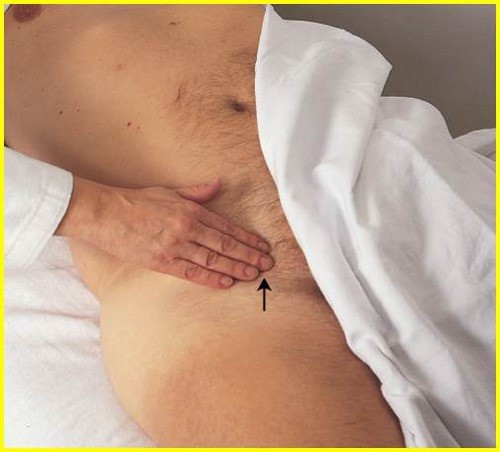A nurse is planning care for a client who has a prescription for continuous enteral feedings through an NG tube.
Which of the following actions should the nurse plan to take?
Measure gastric residual volumes every 4 hr.
Advance the rate of the feeding every 2 hr.
Maintain the head of the bed at a 20° angle.
Flush the NG tube with 30 mL 0.9% sodium chloride before and after medication
The Correct Answer is A
The correct answer is choice A. Measure gastric residual volumes every 4 hr.
This is because continuous enteral feedings through an NG tube can increase the risk of aspiration, which is the inhalation of food or fluids into the lungs. Measuring gastric residual volumes (GRV) can help monitor the tolerance and absorption of the feedings and prevent overfeeding. GRV is the amount of fluid aspirated from the stomach via an enteral tube to check for gastric emptying. The normal range of GRV is less than 200 ml.
Choice B is wrong because advancing the rate of the feeding every 2 hr can lead to overfeeding, abdominal distension, nausea, vomiting and diarrhea.
The rate of the feeding should be adjusted according to the client’s nutritional needs and tolerance.
Choice C is wrong because maintaining the head of the bed at a 20° angle is not enough to prevent aspiration. The head of the bed should be elevated at least 30° to 45° during and for at least one hour after feeding.
Choice D is wrong because flushing the NG tube with 30 mL 0.9% sodium chloride before and after medication is not related to continuous enteral feedings. This is a practice to prevent clogging of the tube and ensure proper delivery of medication. Flushing the tube with water before and after feeding is also recommended to maintain patency and hydration.
Nursing Test Bank
Naxlex Comprehensive Predictor Exams
Related Questions
Correct Answer is D
Explanation
The correct answer is choice D. Minimize noise in the newborn’s environment.
This is because neonatal abstinence syndrome (NAS) is a condition that affects newborns who are exposed to opioids or other addictive substances in the womb. These substances can cause withdrawal symptoms in the newborns, such as excessive crying, tremors, vomiting, diarrhea, and seizures.
Minimizing noise and other stimuli can help calm the newborn and reduce stress.
Choice A is wrong because swaddling the newborn with his legs extended can increase muscle tension and discomfort. Swaddling should be done with the legs flexed and hips abducted to prevent hip dysplasia.
Choice B is wrong because administering naloxone to the newborn can cause severe withdrawal symptoms and respiratory depression. Naloxone is an opioid antagonist that reverses the effects of opioids, but it is not recommended for newborns with NAS unless they have life-threatening respiratory depression.
Choice C is wrong because maintaining eye contact with the newborn during feedings can overstimulate the newborn and cause agitation. Eye contact should be avoided or limited during feedings for newborns with NAS.
Correct Answer is C
Explanation

This is because coarctation of the aorta is a congenital condition where the aorta is narrow, usually in the area where the ductus arteriosus inserts. This causes a decrease in blood flow to the lower body, resulting in weak or absent pulses in the femoral arteries.
The other choices are incorrect for the following reasons:
- Choice A, frequent nosebleeds, is not a typical sign of coarctation of the aorta.
Nosebleeds can be caused by many factors, such as dry air, allergies, trauma, or bleeding disorders.
- Choice B, upper extremity hypotension, is also not a common finding in coarctation of the aorta. In fact, patients with this condition may have high blood pressure in the upper extremities due to the increased resistance of the narrowed aorta.
- Choice D, increased intracranial pressure, is not directly related to coarctation of the aorta.
Increased intracranial pressure can be caused by various conditions that affect the brain, such as head injury, stroke, infection, or tumor.
Normal ranges for blood pressure and pulse vary depending on age, sex, and health status.
However, some general guidelines are:
- Blood pressure: less than 120/80 mmHg for adults; less than 95/65 mmHg for infants.
- Pulse: 60 to 100 beats per minute for adults; 100 to 160 beats per minute for infants.
Whether you are a student looking to ace your exams or a practicing nurse seeking to enhance your expertise , our nursing education contents will empower you with the confidence and competence to make a difference in the lives of patients and become a respected leader in the healthcare field.
Visit Naxlex, invest in your future and unlock endless possibilities with our unparalleled nursing education contents today
Report Wrong Answer on the Current Question
Do you disagree with the answer? If yes, what is your expected answer? Explain.
Kindly be descriptive with the issue you are facing.
